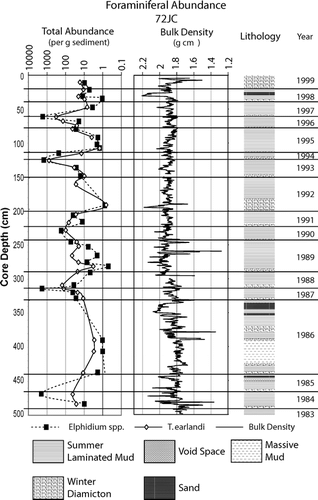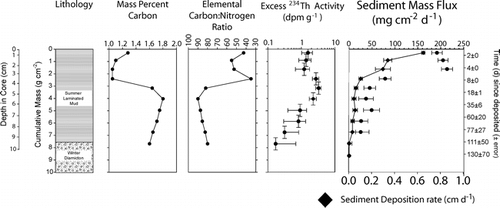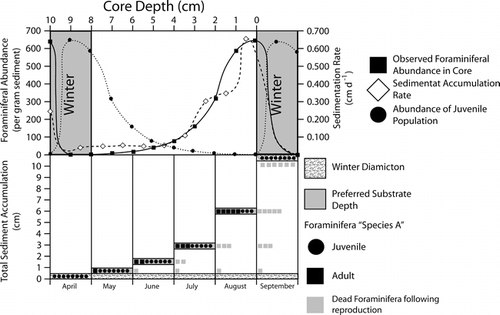Figures & data
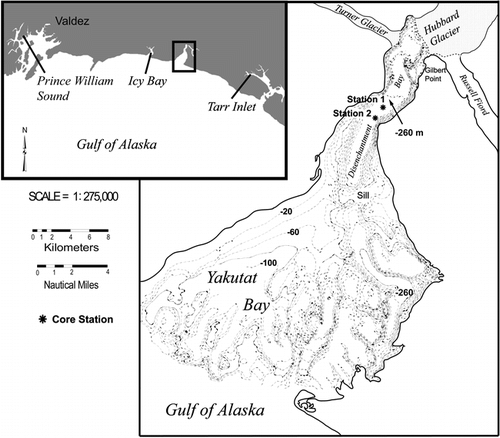
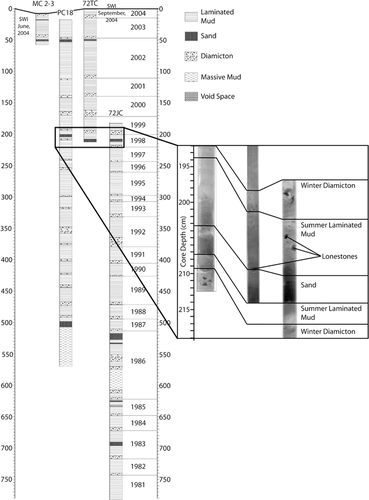
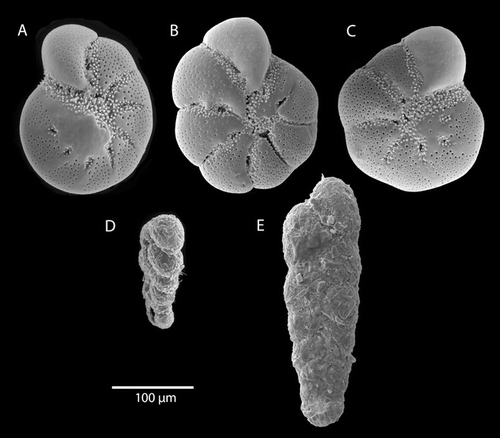

Table 1 (a, b) Raw species counts from Multicores MC1-2 and MC2-6. Species references are given in Appendix. For the purposes of this study, all counts were normalized to 1 g fine-sediment. Mass of sample examined indicates the amount of material analyzed after splitting of the sample. Abundances were normalized to this mass. Parentheses indicate specimens stained at the time of collection.
Table 2 Raw species counts from jumbo-core 72JC. All counts used in are normalized to 1 g fine-sediment. Species references are given in Appendix.
